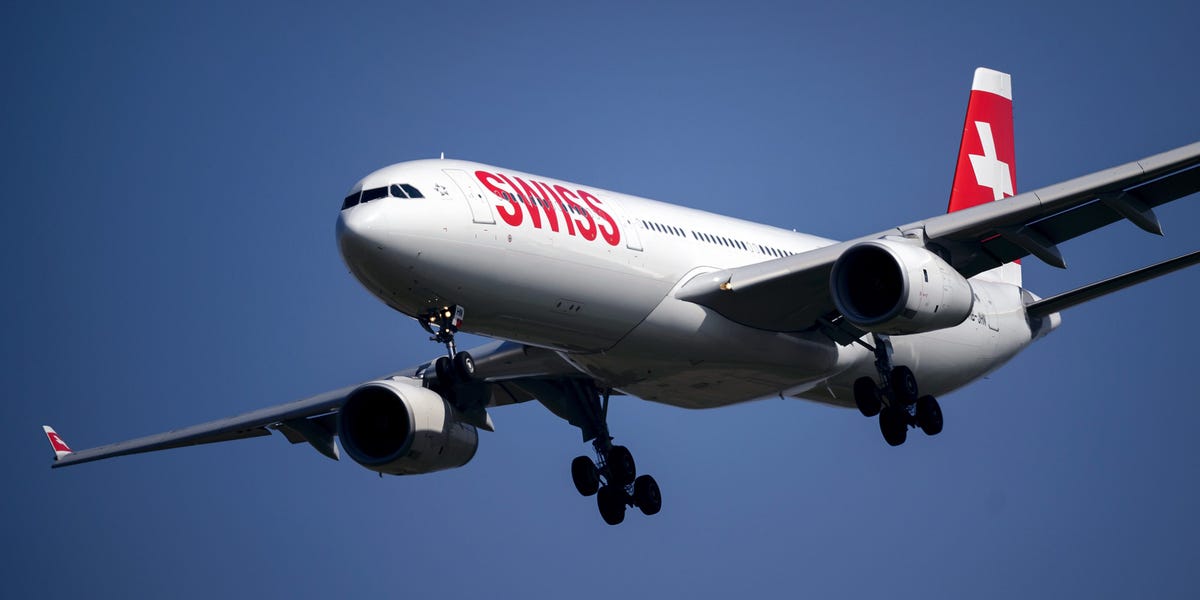Midair Medical Drama: Flight to Miami Turns into Unexpected 4-Hour Odyssey

A routine transatlantic flight took an unexpected turn when a Swiss International Air Lines Airbus A330 was forced to return to Zurich mid-journey after a pilot suddenly fell ill. The dramatic mid-flight diversion occurred shortly after the aircraft departed from its Swiss home base, highlighting the airline's commitment to passenger and crew safety.
As the wide-body jet soared over the vast Atlantic Ocean, one of the pilots began experiencing concerning health symptoms that prompted an immediate decision to turn the aircraft around. The quick-thinking flight crew prioritized the well-being of both the affected pilot and passengers by executing a carefully planned return to Zurich.
Swiss International Air Lines swiftly implemented its emergency protocols, demonstrating the precise and professional approach typical of Swiss aviation standards. The incident serves as a reminder of the rigorous health monitoring and safety procedures in place within commercial aviation, ensuring that any potential risks are addressed promptly and efficiently.
While details about the pilot's specific medical condition remain confidential, the successful return to the departure airport underscores the airline's primary concern: the safety and security of everyone on board.

